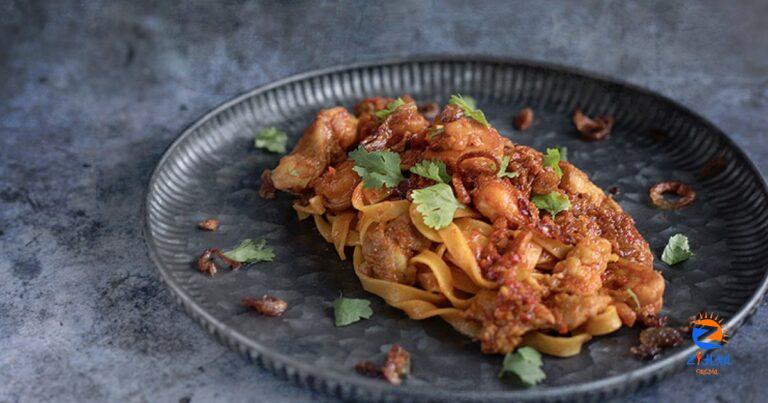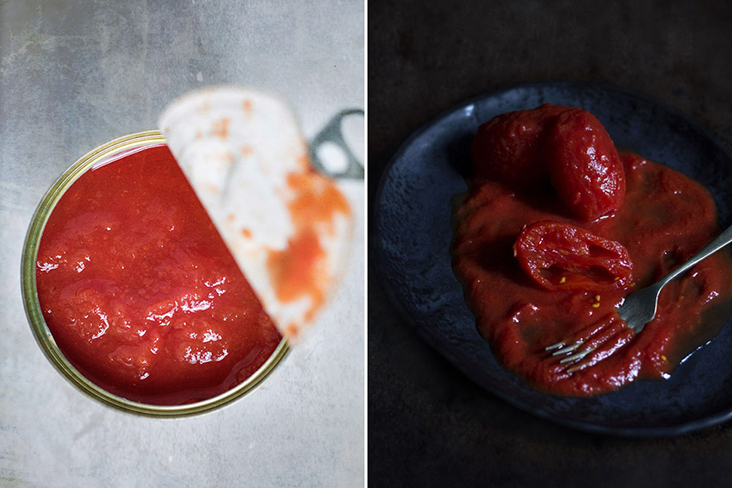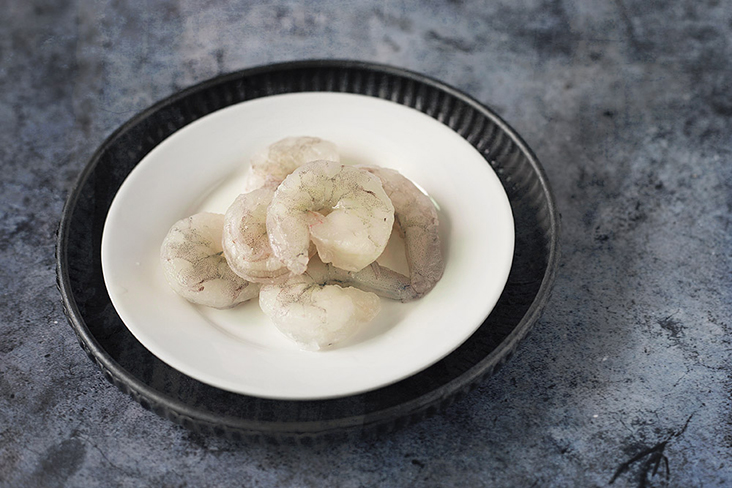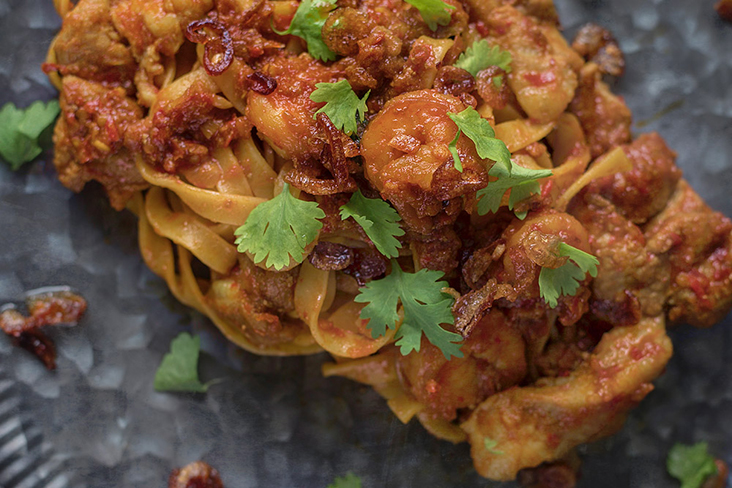
[ad_1]


KUALA LUMPUR, Sept 26 — When bored, we often go looking for new things. New experiences to keep us transfixed.
This is something social media apps understand all too well, capturing our attention and never letting go with the soul-sapping blur of their infinite scroll. And so it is too with our appetites.
We are hungry for something fresh, flavours we have never tasted before.
A double-edged sword, if ever there was one. On one hand, we’re always on a culinary adventure, hunting down the Next Big Dish. The flip side is a mind-numbing, never-ending search for something that will cease to satisfy us the very moment we take our first bite or first sip.
Why not play with the food we already have on our table instead?

By “play” I do not mean kneading balls of rice and stew into balls and throwing them at our dining companions; merely that we can get creative with the dishes we are already familiar with.
All we need, more often than not, is a little inspiration. To bring a little of ourselves to our kitchens, a chapter of our life story into our favourite dish.
Lately, I have found that I’m craving a change to the sambal that I use for my “no sauce” tomato chilli prawns. Nothing dramatic, just a minor turn of phrasing, if you will.
Perhaps instead of the gula Melaka of my hometown (the palm sugar adding an almost floral sweetness when paired with the sambal), something different to go with the prawns is in order.
My mind drifts back to a dish I ate just outside of Pompeii, nearly two decades ago when I was backpacking alone across Europe. It was a late lunch after a full morning of exploring the ruins of that ancient Roman city (tragically buried under a storm of volcanic ash when Mount Vesuvius erupted in AD 79).

Exploration is hard work (even when you’re little more than a tourist rather than a bona fide archaeologist). A simple slice of pizza napoletana wouldn’t be enough; I wanted more than dough, tomatoes and mozzarella.
The proprietor of the trattoria suggested pappardelle al ragù napoletano — the broad ribbons of pasta coated with thick and unctuous slow braised meat and tomato sauce — and she was right. It was a meal to fuel an explorer after an exhausting “expedition.”
For a Malaysian, the ragù napoletano that I had might be delicious but tame; nothing more spicy than a peperoncino would have been used, and the sweet pepper would have been sparingly employed if at that.
What if, I wondered, I allow the sambal of my childhood to mingle with the ragù of my vagabond years? Perhaps, finally, I would taste the fiery explosion of flavours I so desired. The fiery “Pompeii pasta” of my dreams.
‘POMPEII’ PASTA
I have used tagliatelle in this recipe but feel free to use other types of pasta, especially the longer and wider types. Pappardelle, for instance, would be a great alternative; it was the original pasta when I first tasted ragù, after all.
Whatever long and wide pasta you choose, these will have a larger surface area to transport more of the meaty ragù to our mouths, making for a truly lip smacking good time.

While tomatoes are crucial to a traditional ragù napoletano — the Campania region, with its fertile volcanic soil thanks to the iconic Mount Vesuvius, is famous for its tomatoes — I have used the tomato paste sparingly here to allow our local sambal to shine more brightly.
The sambal is the star, as it so often is.
The Campania region is also renowned for its livestock; besides the slow braised pork shoulder or pork collar in the ragù napoletano, another southern Italian pork dish I love is the braciole or stuffed pork rolls stewed in ragù.
Let’s not forget Naples is famous for its seafood — the bounty of the Mediterranean Sea — so pairing the prawns of our classic sambal prawns dish with the gently cooked pork collar here makes more sense than one might imagine at first glance.
If adding sambal to a Neapolitan standard makes it more fiery (hence the “Pompeii” moniker), then a requisite garnish of fried shallots bestows the dish with a generously Asian finish.

Whether you feel this dish is more Italian or Malaysian, what matters is how delectable it is and how it’s guaranteed to set your taste buds aflame!
Ingredients
1kg pork collar (or pork shoulder), cut into large chunks
Salt, for seasoning
Freshly ground black pepper, for seasoning
2 tablespoons olive/coconut oil
250ml red wine
2 large carrots, cubed
1 large onion, diced
1 stalk celery, diced
10 cloves garlic, minced
2 tablespoons tomato paste/tomato purée
A generous pinch of dried Italian mixed herbs
500ml chicken stock
300g tagliatelle
2 litres water
1 tablespoon olive/coconut oil
2 tablespoons sambal (see recipe here)
8-12 large prawns
For garnish: fried shallots and fresh cilantro leaves
Method
First season the pork collar generously with salt and ground black pepper. Place a large pan over medium-high heat. Add oil to the pot and once it starts shimmering, add the pieces of pork.

Brown the pork for about four minutes on each side. Once the pork has finished searing, remove it from the pan and transfer to a slow cooker pot. Pour the red wine to deglaze the pan (there is plenty of flavour in the browned bits that have formed at the bottom after browning the pork), then add this “gravy” to the slow cooker.
Next add the carrots, onion, celery, garlic, tomato paste, Italian herbs and chicken stock to the pot. Give all the ingredients a good stir to combine. Using the high function on the slow cooker, braise for four to give hours or until the meat is fork tender.
To complete the ragù, use two forks to shred the meat into bite-sized pieces. Give it another good stir so the shredded meat and sauce are well combined. Season with more salt and ground black pepper to taste.
To cook the tagliatelle, fill a large pot with water and bring to a rolling boil. Once boiling, salt the water generously before adding the pasta. Cook it for about two minutes less than the package instructions for an al dente bite.
While the pasta is cooking, heat up oil in a pan over medium heat. Add sambal and sauté until fragrant. Then add prawns, stirring until just cooked. Remove from heat.

Drain the pasta and transfer to the pan with the sambal prawns. Add enough ragù to coat the pasta and toss well to mix. Transfer to plates, and garnish with fried shallots and fresh cilantro leaves. Serve immediately while hot.
For more Weekend Kitchen and other slice-of-life stories, visit lifeforbeginners.com.
[ad_2]